St Andrews Beach on Victoria’s Mornington Peninsula has changed a lot since 1999, as evidenced in the home of Nik Karalis, CEO of global architecture practice Woods Bagot.
‘Many of the surrounding homes on the Peninsula in 1999 were simple beach shacks,’ explains the architect. ‘At that time, the enveloping sand dunes had not been fully stabilised, and there was only minimal vegetation.’
Back then, Nik’s home consisted of only two simple timber containers – the west for living and the east for sleeping – connected by a ramp link.
Initial renovations focused on opening up the home to the outdoors. ‘The main beach-facing facade was as transparent as we could make it to allow a sense of connection to the landscape, which was accessed by an enormous set of steps down leading to the beach path,’ Nik says.
The house has evolved across two additional stages since, including the addition of a pool and outdoor deck. ‘The most important [stage] being the stabilising of the dunes with landscape and irrigation once water became available,’ says Nik.
The latest renovation saw four additional bedrooms added beneath the elevated timber containers.
‘A large terrarium under the stairs filled in a difficult and normally unusable area, together with a glass house, which was added at the front of the property in a sheltered area to add to the overall self-sustainability of the property,’ says Nik.
Landscaping has also been an important consideration of the project, which Nik has been able to devote adequate time to over the decades.
‘The time that landscape and gardens take and their impact on the architecture is often forgotten,’ he says. ‘Settling the house into a dune-scape of Indigenous plants and striking a balance with the national park in front of the house required several attempts and shifting a lot of sand until it appeared as natural as possible.’
Renovating a house over 20 years might seem like a long period, but Nik has appreciated the space it’s afforded his design process.
‘It is not uncommon historically for houses to be designed and built over a 20 to 30 year period. It is only today that speed is of the essence and we assume we have all the answers on the plan,’ he says.
‘Over a period of 20 years, this enduring architecture was able to mature and respond more sensitively to the needs of a growing family and the changing emotions and life patterns of its owner. It has patinaed with grace. and demonstrated an appropriate use of materials that withstand the tests of time.’
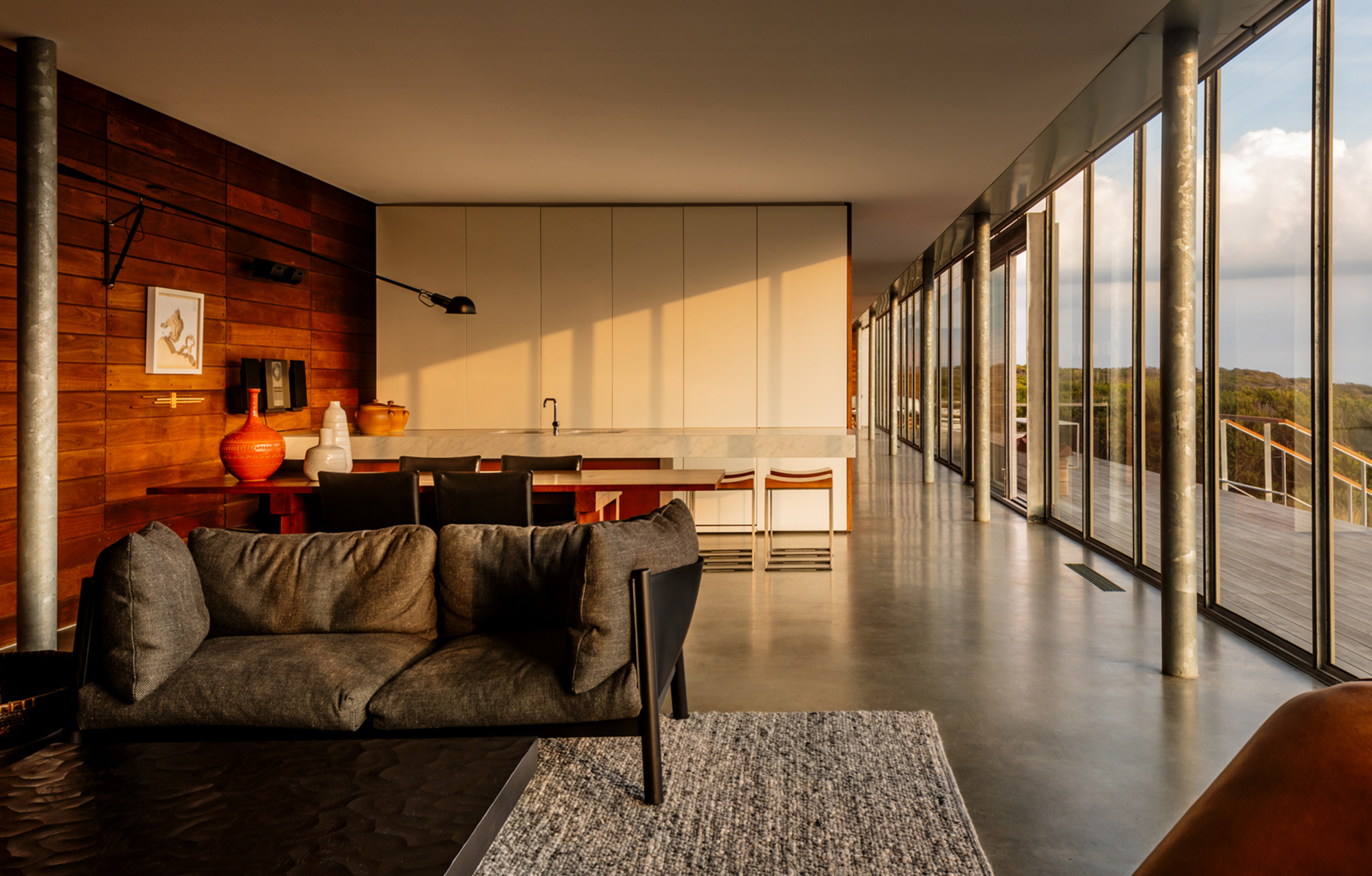
The Mornington Peninsula beach house of Nik Karalis, CEO of Woods Bagot. Photo – Trevor Mein
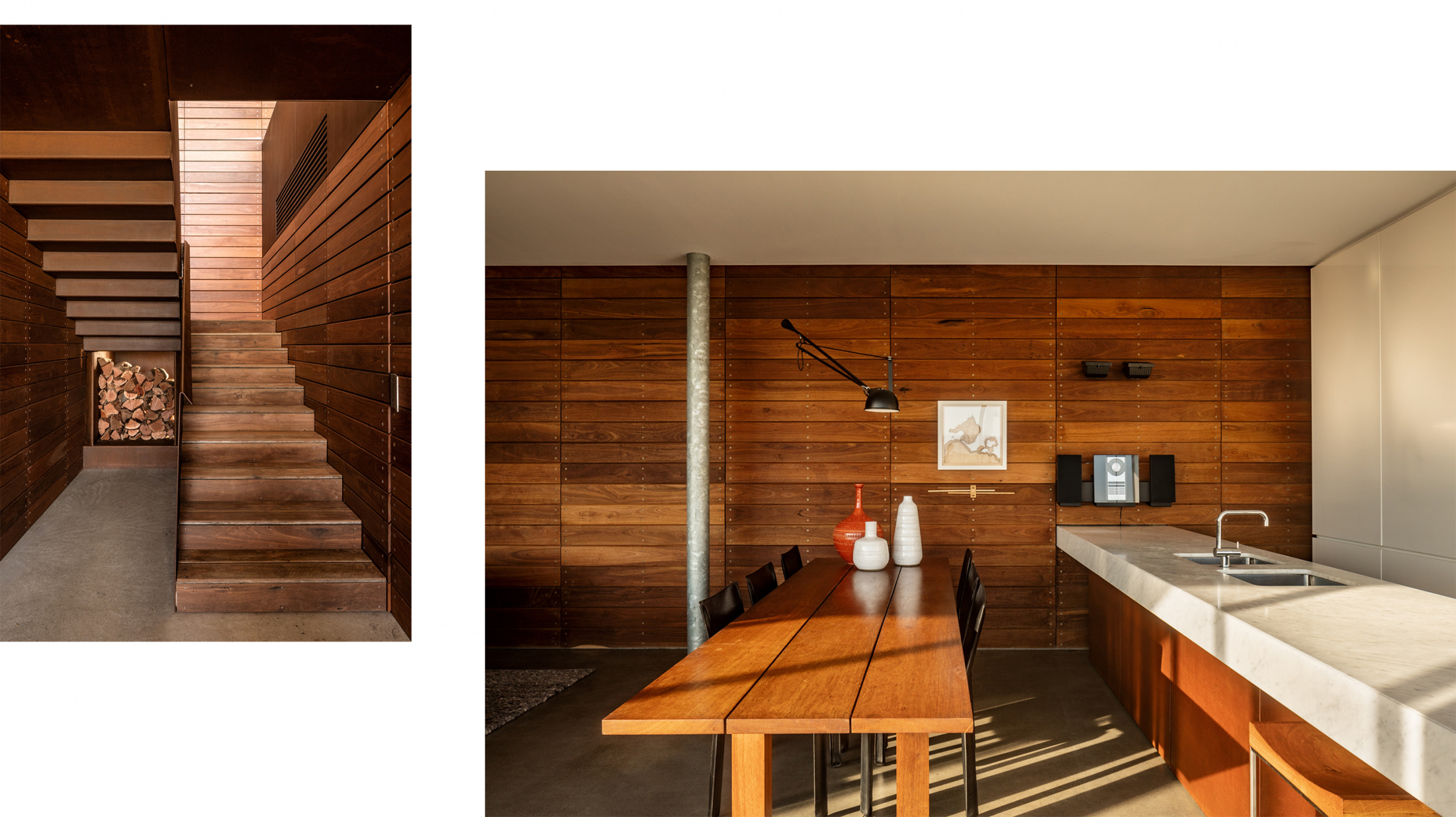
Nik bought the existing timber house in 1999, and has renovated it over three key stages. Photo – Trevor Mein
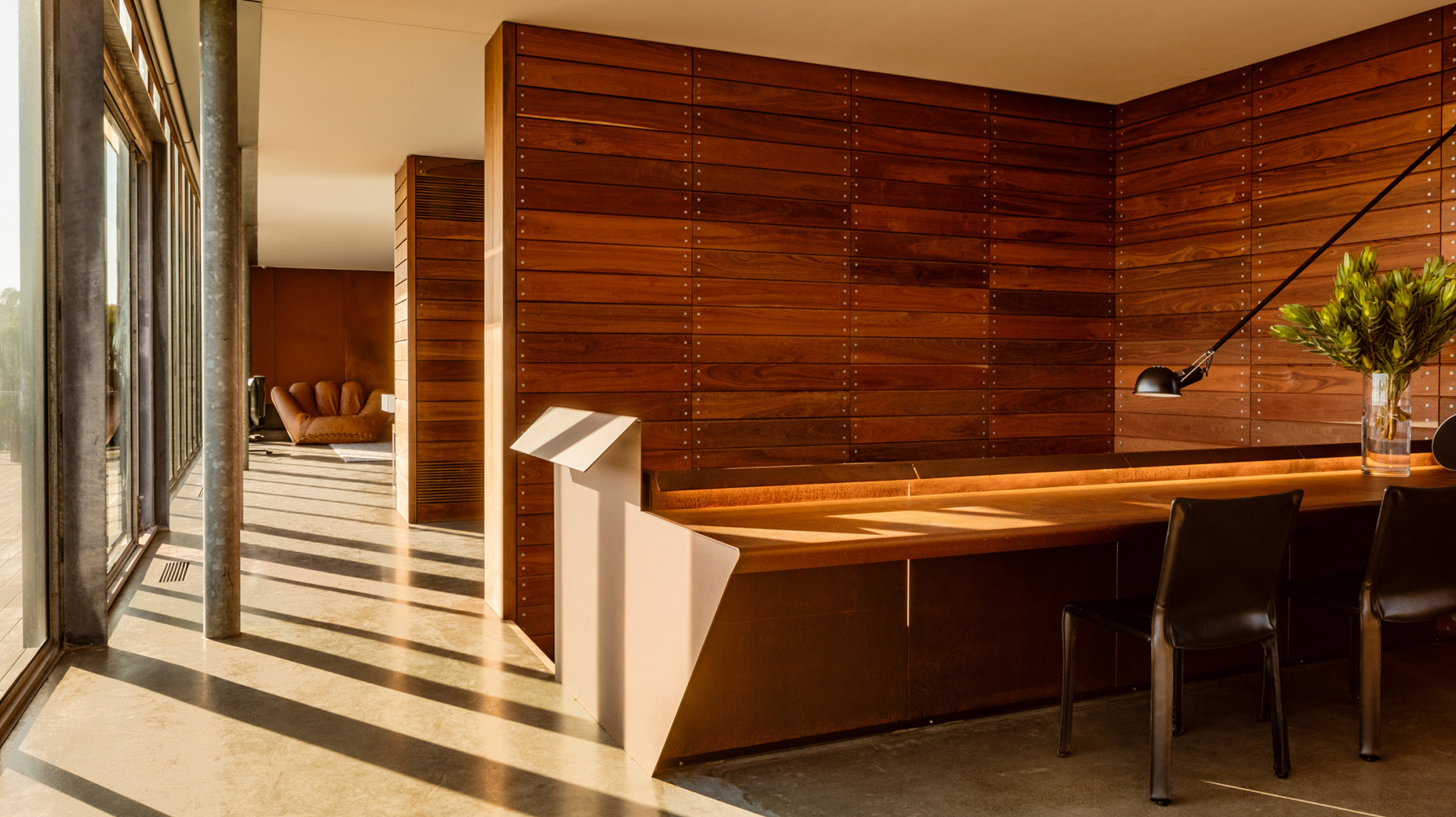
Photo – Trevor Mein
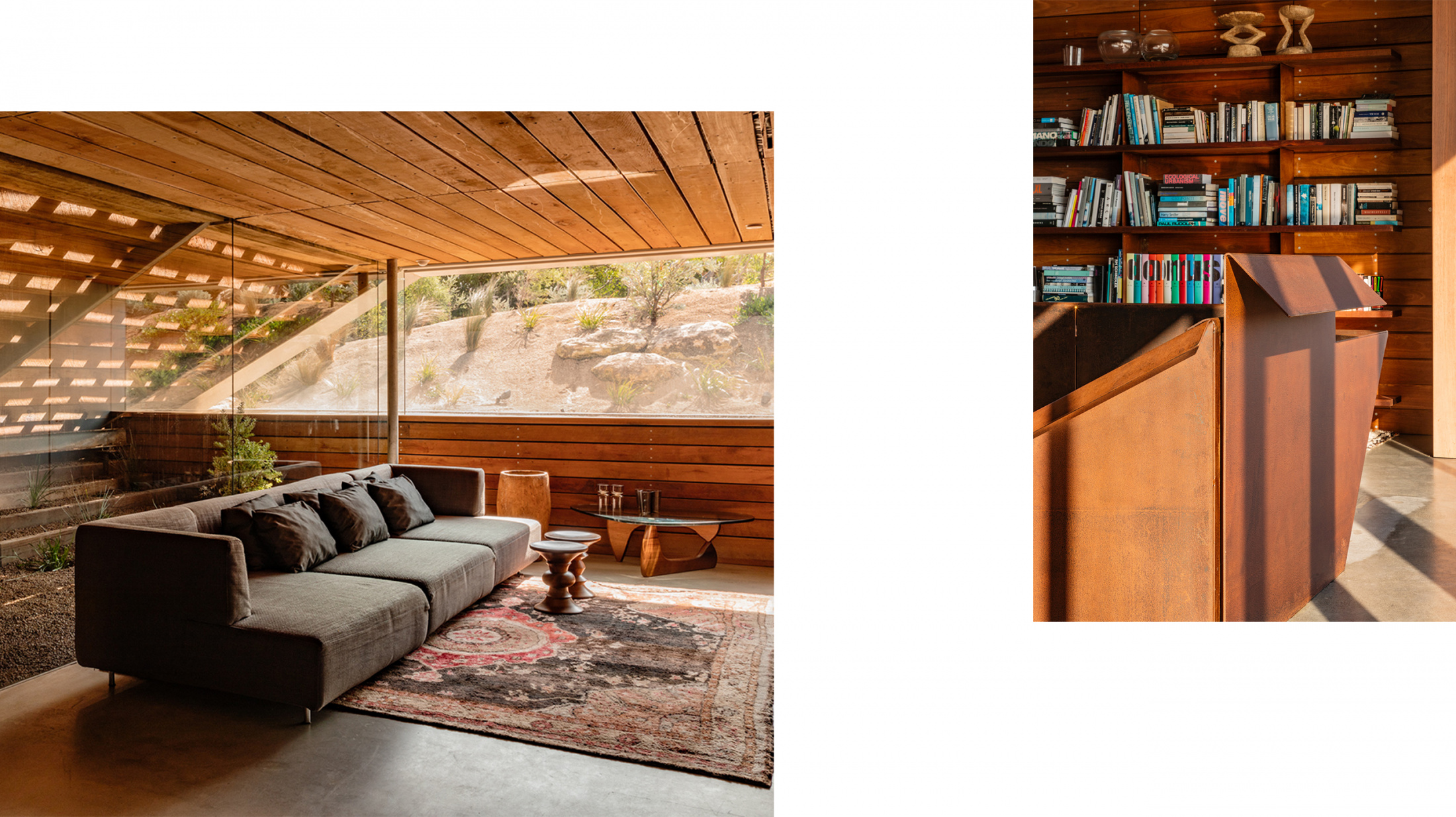
A large terrarium under the stairs filled in a difficult and normally unusable area. Photo – Trevor Mein
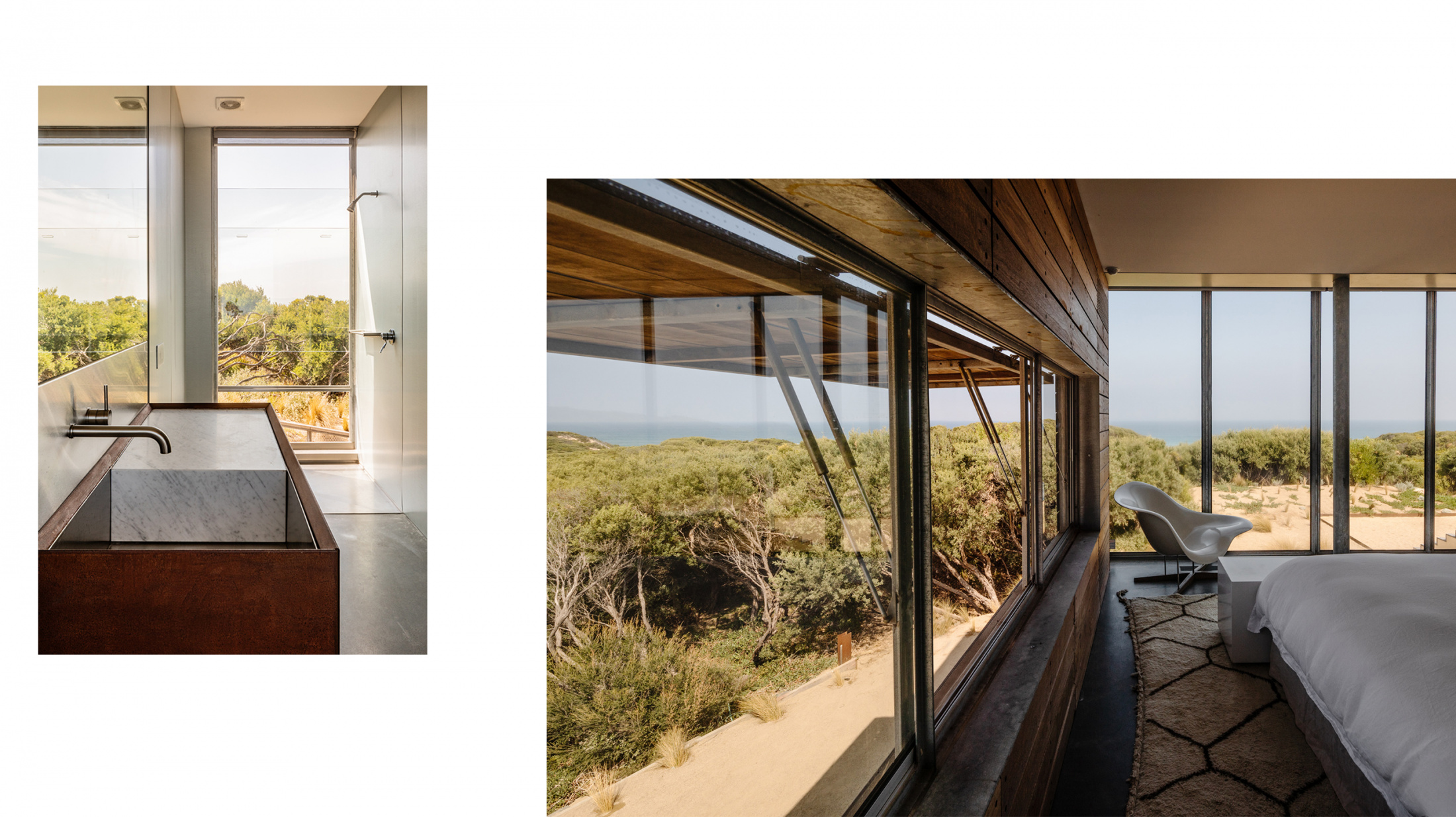
Initial renovations completed that year focused on opening up the home to the outdoors. Photo – Trevor Mein
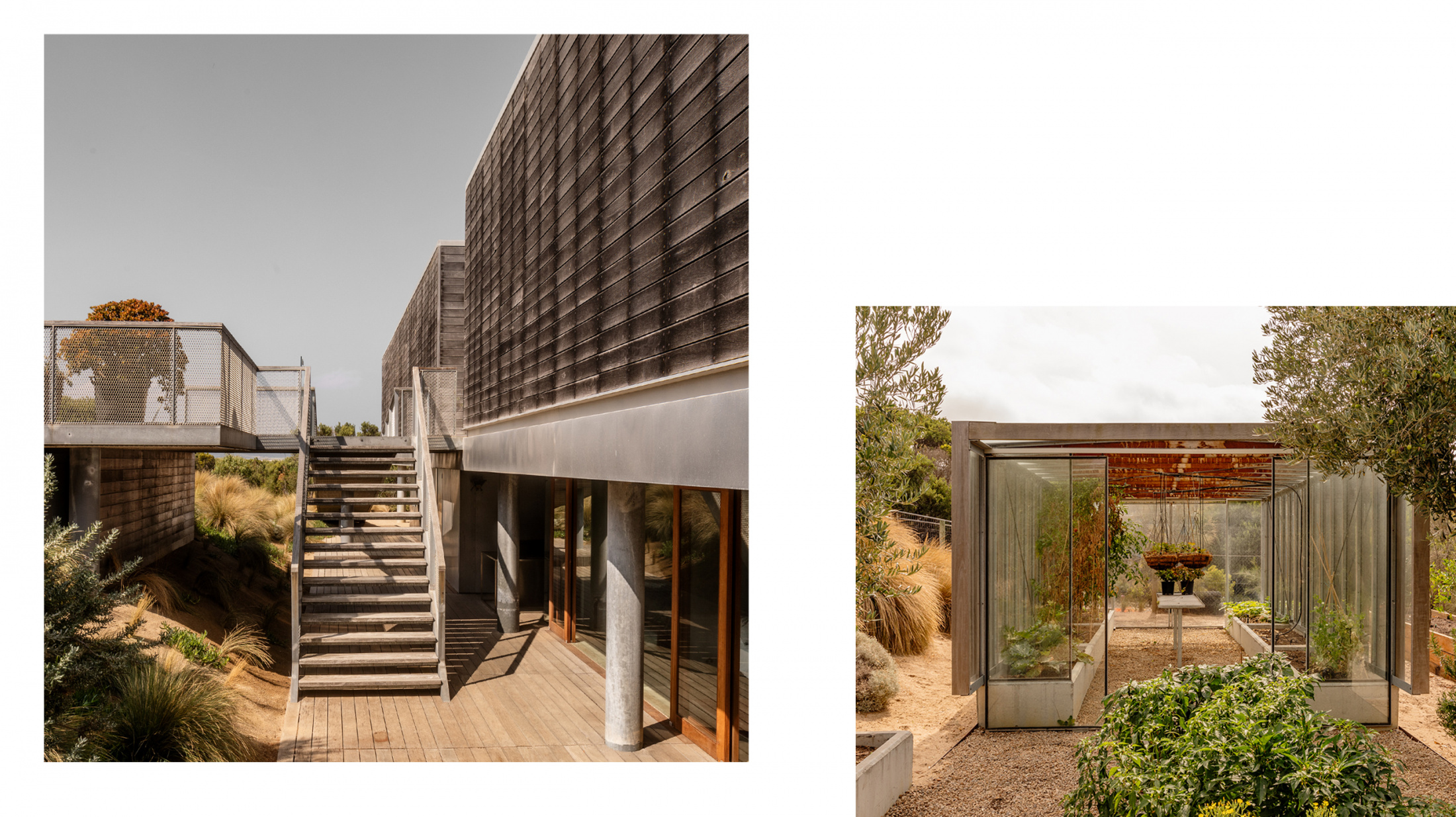
Initially the home consisted of only two simple timber containers – the west for living and the east for sleeping – connected by a ramp link.
Photo – Trevor Mein
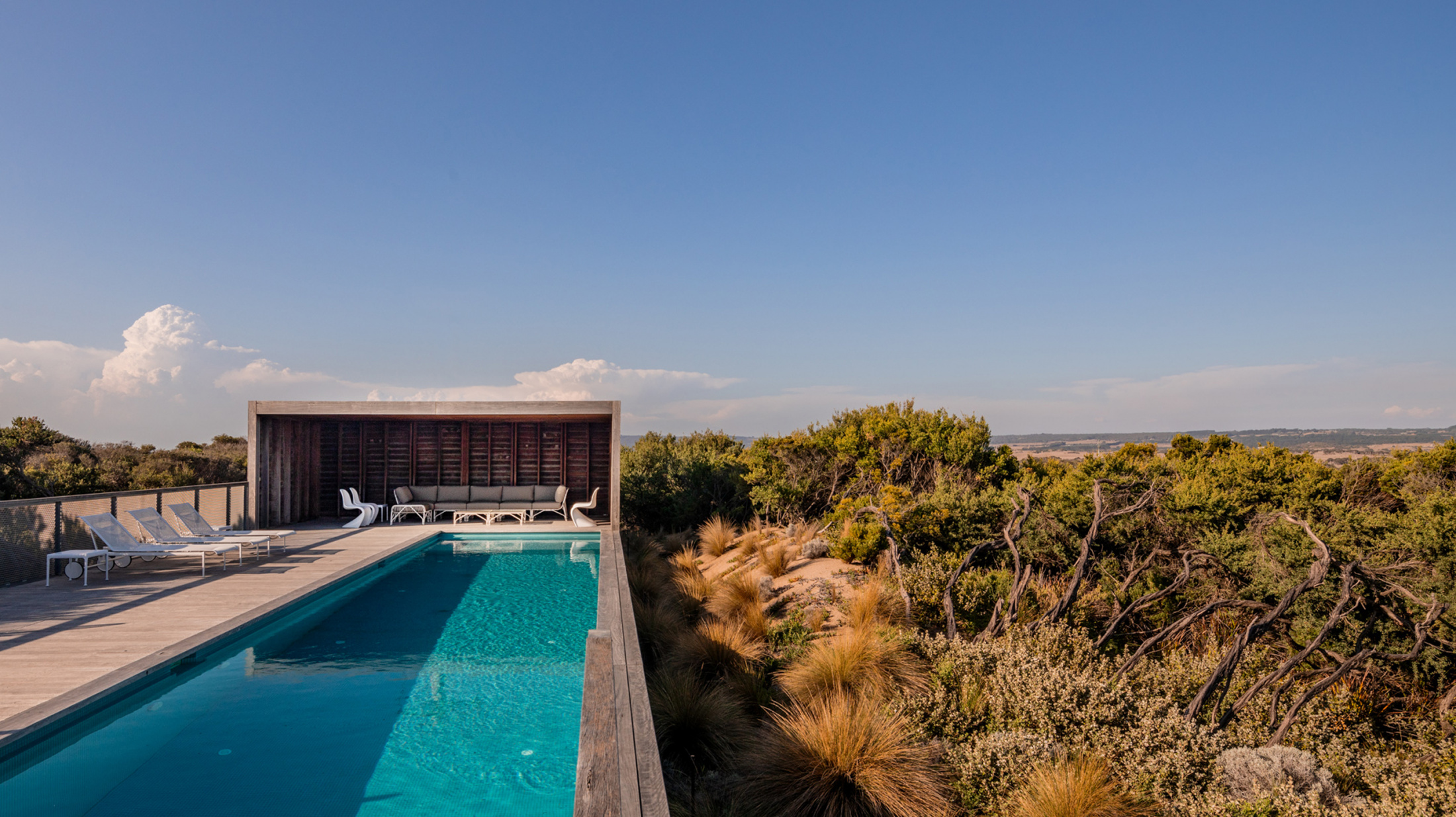
The house has evolved across two additional stages including the addition of the pool and outdoor deck. Photo – Trevor Mein
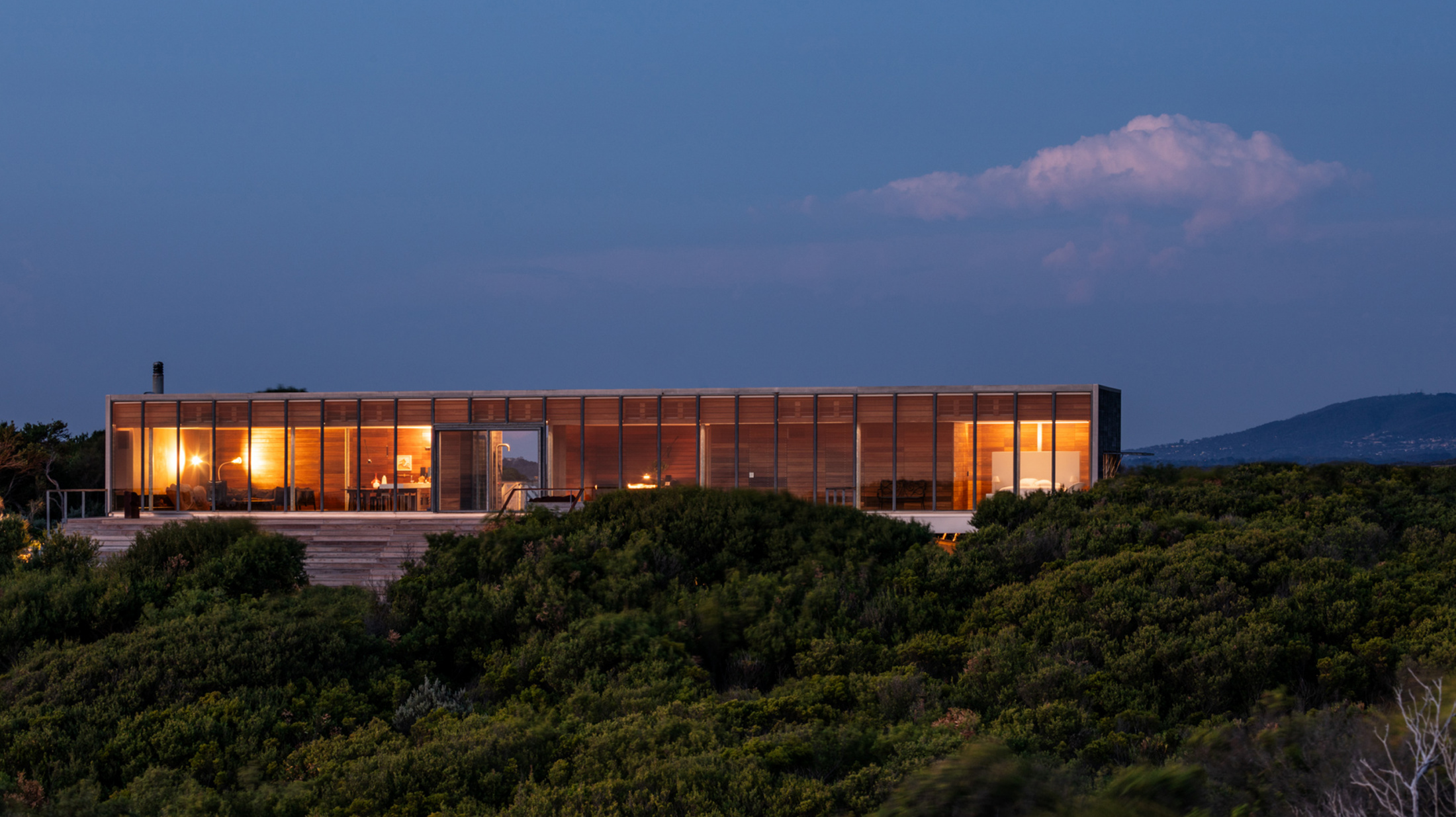
Renovating a house over 20 years might seem like a long period, but Nik has appreciated the space this has afforded his design process. Photo – Trevor Mein








